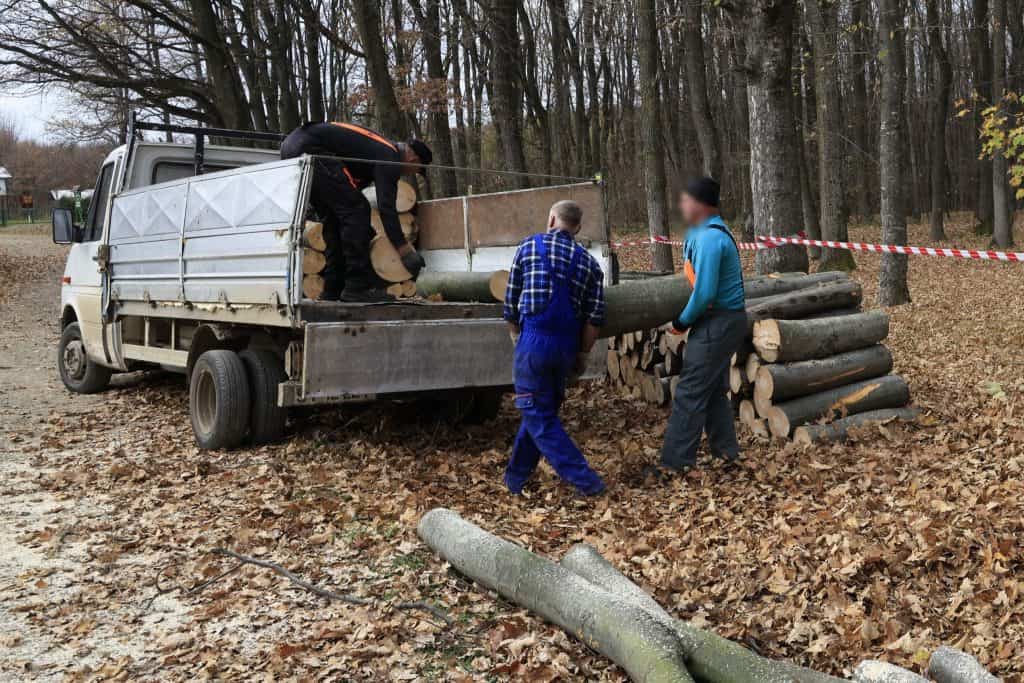The photos timber transporters upload to SUMAL are many times irrelevant and „trick” the system which is not designed to check them, shows a new WWF monitoring report based on public information existing on the Forest Inspector platform.
The detailed report will be made public in May. To this end, last week we organized a meeting with representatives of the National Forestry Guard, the authority responsible for controlling activities in the forest, where we presented and discussed the preliminary results of the desktop monitoring.
By this study, we aimed to better understand the way those who introduce illegally harvested wood on the market operate and adapt their activities. In addition, we wanted to analyze the efficiency of SUMAL 2.0 and to find out the risk factors authorities should take into account when organizing their controls.
We learned that SUMAL 2.0 is not designed to make an automated check of the data entered, which leaves room to many errors. That’s why we think Romania should implement modern tools, such as the digital footprint of wood transports. This way, the authorities would no longer have to analyze 4 million notices per year, which is impossible considering the available resources, but could be automatically notified through individual alerts and could send targeted and effective controls.
We used, for the report, a nationwide sample of approximately 3,000 primary notices issued by professional transporters, who are obliged to register the photos of entire the timber loaded on the truck in SUMAL 2.0. The notices we analyzed were distributed by county, based on the weight of the forested area of the respective county, reported to the total area of the national forestry fund. Thus we can analyze the information also at the Forestry Guards’ level.
The monitoring activity took place between February 20 – March 29. The day and time when the notices were downloaded are available for each individual county.
In parallel, for the third year in a row, we monitored timber transports in the forests. We compared the information thus obtained with the data officially registered in the SUMAL system. We will also present the results of this study in the coming weeks.
We make these monitoring activities to draw attention to the solutions that should be included in the new Forestry Code draft. The tools the Environment Ministry is currently developing for the „full implementation of SUMAL” should respond to current challenges. The success of the reform to fight illegal logging depends on these processes, whose direction is to be decided in the next two months.

